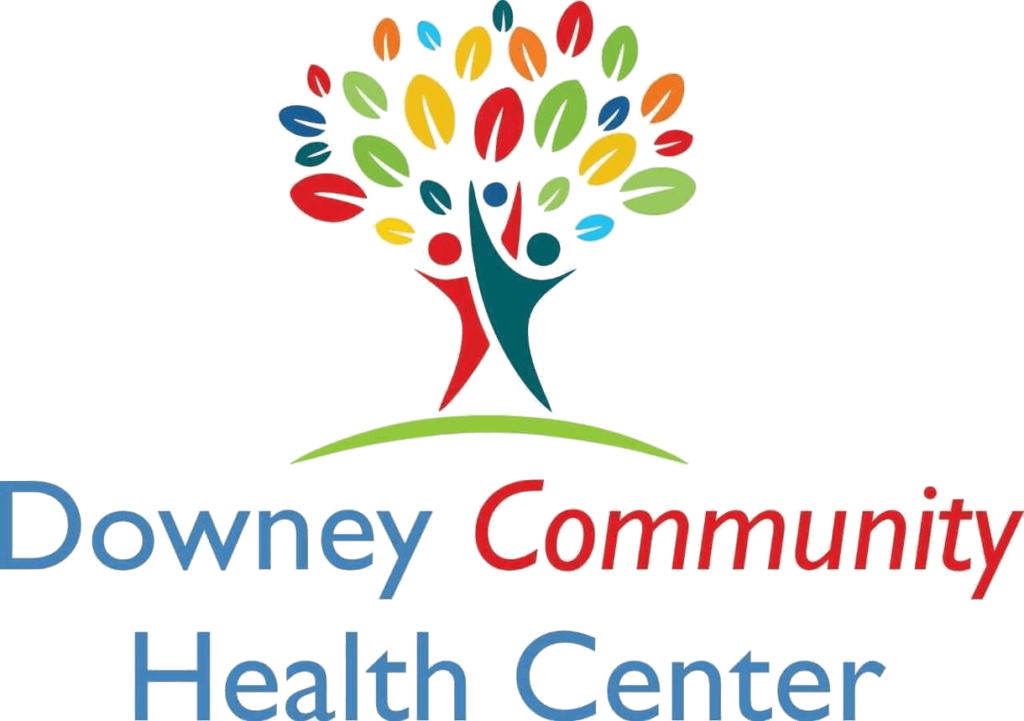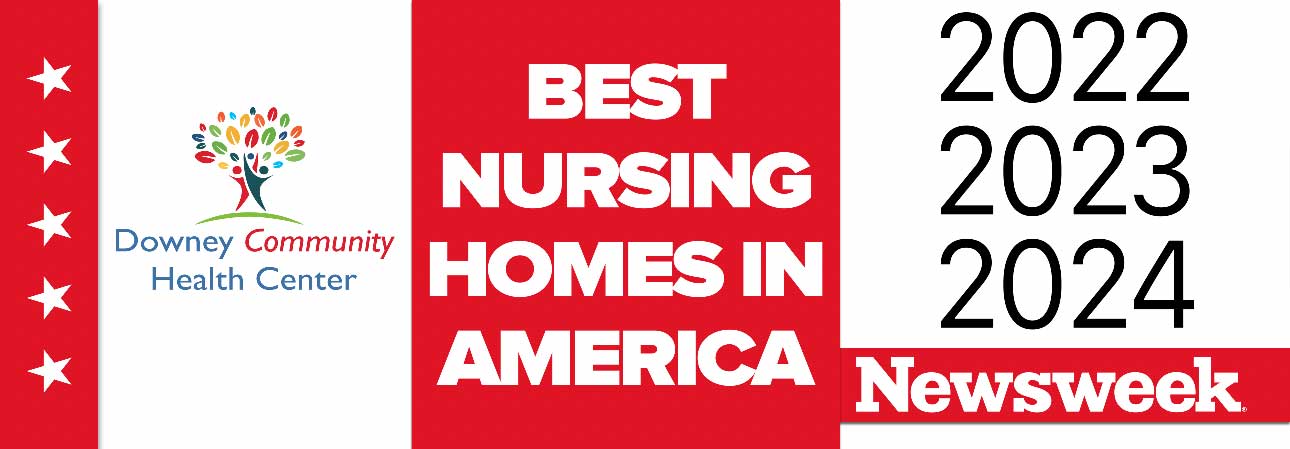Assisted living facilities play a crucial role in providing care and support to individuals who are unable to live independently, yet do not require the intensive care that a nursing home provides.
These facilities offer a blend of residential housing, personalized supportive services, and healthcare designed to meet the individual needs of those who require assistance with daily activities.
A key factor in the quality of care provided in an assisted living community is the caregiver-to-resident ratio. This ratio is vital because it directly impacts the ability of staff to attend to the immediate needs of residents, develop personal relationships, and ensure a high level of tailored care.
High caregiver-to-resident ratios often correlate with better outcomes in terms of resident satisfaction, overall well-being, and quality of life.
Understanding Caregiver-to-Resident Ratio
The caregiver-to-resident ratio refers to the number of caregivers available to residents within assisted living communities at any given time.
The staff-to-resident ratio is crucial as it directly impacts the quality of care and attention each resident receives.
A lower ratio signifies more personalized care, ensuring that residents’ needs are met promptly and effectively. In contrast, a higher ratio can lead to neglect and unmet needs, adversely affecting residents’ well-being.
Factors Influencing Optimal Ratio
Several factors determine the optimal caregiver-to-resident ratio, ensuring that residents receive adequate care tailored to their specific needs.
Level of Care Needed
The complexity and intensity of care required by the residents play a pivotal role. For instance, individuals needing constant medical attention or assistance with daily activities necessitate a lower ratio for more dedicated care.
Types of Residents
The specific characteristics of the resident population, such as age, mobility, and cognitive abilities, influence the necessary ratio. A facility with residents who have higher dependency levels requires more caregivers.
Facility Size
The physical layout and size of the facility affect caregiver responsiveness and the ability to monitor and assist residents effectively. Larger facilities might need a higher number of caregivers to maintain an acceptable ratio and ensure that care is evenly distributed.
Regulations and Guidelines
Regulations and guidelines play a crucial role in ensuring safety, quality, and consistency across various industries, and it’s the same when it comes to assisted living staff members.
Regulatory Bodies
These are authoritative organizations responsible for overseeing the enforcement of laws and regulations within specific sectors.
These bodies establish the rules that companies must follow to ensure their products or services meet the required safety and quality standards.
Minimum Requirements
These refer to the basic criteria that must be met for products, services, or practices within an industry. They are designed to ensure a standard level of safety, functionality, and efficiency.
Failing to meet these minimum requirements can result in legal ramifications and possibly endanger consumers or the environment.
Industry Standards
These have established benchmarks of excellence and best practices within a field. They are often developed by leading experts and organizations to guide the quality and performance of products or services.
Adhering to industry standards helps companies demonstrate their commitment to excellence and competitiveness in the marketplace.
When it comes to staff-to-resident ratios, industry standards make sure that there are enough staff-member alternatives for senior living facilities. In other words, the ratio must reflect the needs of the place.
The Impact of Caregiver-to-Resident Ratio
The caregiver-to-resident ratio significantly influences several critical aspects of assisted living facilities, encompassing the quality of care, resident satisfaction, and staff well-being.
Quality of Care
When the caregiver-to-resident ratio is optimal, each resident receives personalized attention, allowing for a higher quality of care.
Proper staffing levels ensure that healthcare needs are promptly addressed, and caregivers can dedicate time to meeting each person’s unique needs, which is especially important for residents with complex or chronic health conditions.
Resident Satisfaction
A lower caregiver-to-resident ratio often translates to increased resident satisfaction. This is because residents feel well-cared for and valued when they do not have to compete for the attention and time of caregivers. Instead, caregivers can choose how much assistance they can give their patients.
Sufficient caregiver availability enables more meaningful interactions, fostering a sense of community and belonging among residents.
Staff Burnout and Turnover
Caregiver burnout and turnover rates are inversely related to the caregiver-to-resident ratio. High caregiver-to-resident ratios place excessive demands on staff, leading to stress, burnout, and ultimately, a higher turnover rate.
On the other hand, manageable ratios ensure that caregivers can perform their duties without being overwhelmed, promoting a healthier work environment and better job satisfaction, which impacts the overall stability of care within the facility.
Strategies for Maintaining an Optimal Ratio
Maintaining an optimal staffing ratio is crucial for efficiency and productivity in various organizations. This can be achieved through several strategies:
Staffing Models
Implementing flexible staffing models is paramount. This includes understanding the peak times for business and scaling the workforce accordingly through part-time, full-time, or temporary staff.
Using a mix of these models can ensure that staffing levels are appropriate for the workload, thereby maximizing productivity and reducing unnecessary payroll expenses.
Training and Education
Continuously developing the skills of the existing workforce is equally essential. By investing in training and education, employees become more efficient and versatile, capable of performing a variety of tasks.
This not only improves job satisfaction and retention but also enables a leaner staffing model that does not compromise on performance.
Technology Integration
Leveraging technology can significantly optimize staffing ratios. Automation of routine tasks frees up staff to focus on areas that require human intervention and decision-making.
Furthermore, technology can facilitate remote work, expanding the talent pool and reducing the need for physical presence, thereby offering more flexibility in staffing.
Balancing Costs and Care
When navigating the delicate balance between managing costs and ensuring high-quality care, several key aspects must be considered:
Financial Considerations
The financial landscape of care involves a thorough understanding of both direct and indirect costs. Direct costs encompass expenses directly related to care provisions, such as medication, medical equipment, and professional fees.
Indirect costs, on the other hand, include loss of income due to illness or the need for family members to provide care, impacting the overall financial well-being of those involved.
Cost-Benefit Analysis
Cost-benefit analysis is a critical tool used to evaluate the overall value of care interventions. By comparing the costs of specific care options to the benefits these options offer, stakeholders can make informed decisions that maximize patient welfare while keeping resource expenditure in check.
This approach ensures that the chosen care path provides the best possible outcome for the patient relative to the costs incurred.
Funding Options
Exploring funding options is crucial in mitigating financial strain. This can include insurance coverage, government assistance programs, and charity or non-profit support.
Understanding the spectrum of available funding sources can greatly alleviate the burden of care costs, making it essential for patients and caregivers to be well-informed about these resources.
Summary: Finding the Right Balance
In conclusion, the optimal caregiver-to-resident ratio in assisted living facilities is not a one-size-fits-all figure but rather depends on the specific needs of the residents and the level of care required.
The optimal ratio enhances personalized care, and safety, and ensures that each resident receives the attention and support they need. It is crucial for families to consider this ratio when selecting an assisted living facility, as it directly impacts the quality of life and well-being of their loved ones.
Effective collaboration between caregivers, residents, and their families is paramount. This synergy is vital for tailoring care to individual needs, fostering a supportive community, and ensuring that the care provided aligns with the residents’ preferences and expectations.
Looking ahead, the demand for assisted living facilities is poised to grow. It is essential for these institutions to adapt by employing adequate staffing levels, investing in caregiver training, and integrating technology to manage care efficiently. Ensuring an optimal caregiver-to-resident ratio will remain a critical component in delivering high-quality care and meeting the evolving needs of the aging population.









